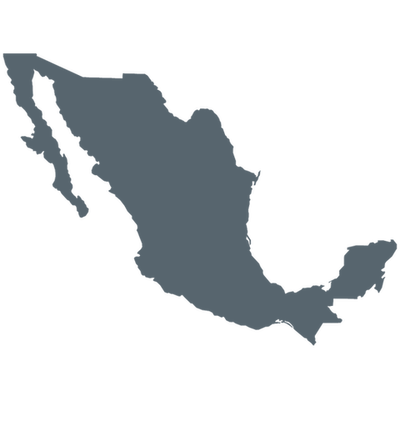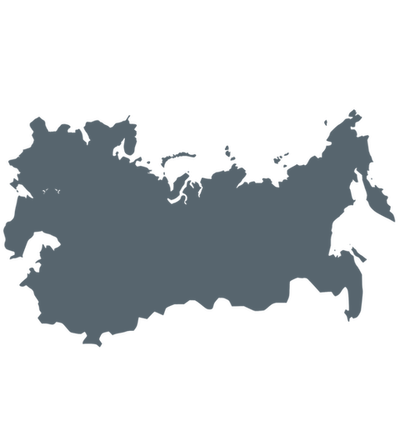
Regional Grains
Select a country to see the effects mycotoxins have had on barley, corn, oats and wheat.

MEXICO
Sample number = 24
Fumonisins and other Aspergillus mycotoxins are causing the greatest risk in Mexican grains with 87.5 and 20.8 percent, respectively, of samples containing these mycotoxin groups.
Fumonisins are averaging at 3,985 ppb and a maximum detected of 22,367 ppb. These mycotoxins could be particularly problematic for pigs, causing an increase in gut pathogen occurrence, damage to internal organs, pulmonary edema and altered performance.
Other Aspergillus mycotoxins may be produced on grains both when the crop is in the field and during storage.

USA
Sample number = 165
Grain samples in the first half of 2018 have shown high occurrence of type B trichothecenes, with 93 percent of samples to date being contaminated with these mycotoxins. The average contamination is running at just over 1,000 parts per billion [ppb], with over 14 percent having levels above 2,000 ppb (maximum detected at 15,190 ppb).
This is higher than samples analyzed in fall 2017, which had a similar occurrence of type B trichothecenes, but the average was only about 777 ppb with 9.5 percent over 2,000 ppb.
Zearalenone occurrence has also increased in 2018 grain samples, going from 8 to 21 percent occurrence and averaging at 59 ppb.
Type B trichothecenes can negatively affect gut health and depress feed intake. They may also impact growth rates, reproductive performance and milk production.

RUSSIA
Sample number = 42
Russian grain samples in 2018 have contained a risk from type A trichothecenes in 19 percent of samples, with concentrations as high as 683 ppb.
Type A trichothecenes may cause lesions along the gastrointestinal tract, hemorrhaging, reduced feed intake, poor performance and immune suppression.

Brazil
Sample number = 10
Fumonisins continue to be the primary mycotoxin group of concern in Brazil, being detected in 100 percent of corn samples. The average level of fumonisins in corn is 3,827 ppb, with a maximum detected by Alltech 37+®, of 6,811 ppb (from January to July, 2018).
Pigs and horses may be particularly at risk.

ARGENTINA
Sample number = 6
Fumonisins have been detected in 83 percent of corn samples submitted to Alltech 37+® from January to July, 2018. The average level of fumonisins in corn is 5,222 ppb, with a maximum detected of 13,483 ppb.
Pigs and horses may be particularily at risk.
Fumonisins may cause an increase in gut pathogen occurrence, damage to internal organs, pulmonary edema and altered performance.

FINLAND
Sample number = 11
Grain samples in the first half of 2018 have shown high occurrence of type B trichothecenes, with 91 percent of samples containing these mycotoxins. The average contamination is at 2,691 parts per billion [ppb], with maximum detected at 19,670 ppb.
Zearalenone may also be a risk, particularly for swine, being detected in 18 percent of samples but averaging at 44 ppb (max 345 ppb).
Type B trichothecenes can negatively affect gut health and depress feed intake. They may also impact growth rates, reproductive performance and milk production.

SPAIN
Sample number = 54
Corn and wheat from Spain for the first half of 2018 contained primarily type B trichothecenes, fumonisins and fusaric acid.
Fumonisins, detected in 78 percent of samples, may be a risk for pigs and horses. The average is just over 1,200 ppb and the maximum detected is at 11,123 ppb.


